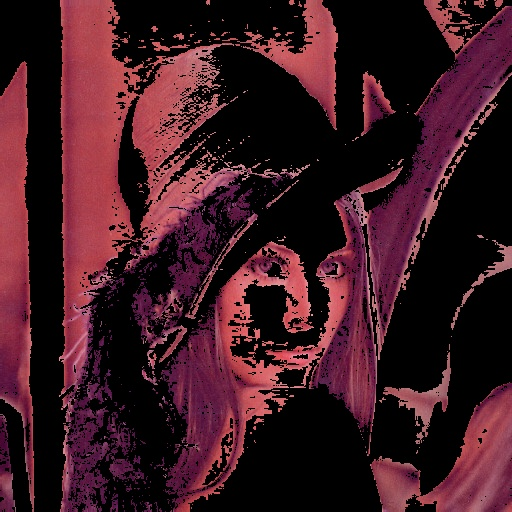肌色領域検出プログラム skindetect.py プログラムの紹介
skindetect.py プログラム
https://gist.github.com/parosky/7890436 で公開されている 肌色領域検出プログラム
https://gist.github.com/parosky/7890436 より転載
import cv2
import numpy as np
def unique(a):
""" remove duplicate columns and rows
from http://stackoverflow.com/questions/8560440 """
order = np.lexsort(a.T)
a = a[order]
diff = np.diff(a, axis=0)
ui = np.ones(len(a), 'bool')
ui[1:] = (diff != 0).any(axis=1)
return a[ui]
def skin_detection(image, haarcascades, flood_diff=3, min_face_size=(30,30),
num_iter=3, verbose=False, step=1):
faces = haarcascades.detectMultiScale(image, minSize=min_face_size)
if len(faces) == 0:
raise Exception('no faces')
image_original = cv2.cvtColor(image, cv2.COLOR_BGR2HSV)
image2 = np.copy(image_original)
image2[image2==[0,0,0]] = 1
skin_color = np.zeros((len(faces), 3))
for i, face in enumerate(faces):
image_face = image2[face[1]:face[1]+face[3],face[0]:face[0]+face[2]]
skin_color[i] = np.array([image_face[image_face.shape[0]/2, image_face.shape[1]/2]])
mask = np.zeros(image_original.shape)
for i in range(num_iter):
# for each pixel, call floodFill(image2) if it is close to skin_color
for y in range(0, image2.shape[0], step):
if verbose:
print('iter: %d, y:%d' % (i, y))
for x in range(0, image2.shape[1], step):
color = image2[y,x]
if (color!=(0,0,0)).any():
if any((np.abs(skin_color-color)<=(flood_diff,)*3).all(1)):
cv2.floodFill(image2, None, (x,y), (0, 0, 0),
loDiff=(flood_diff,)*3, upDiff=(flood_diff,)*3)
# update mask image and skin_color
mask[image2==(0,0,0)] = 255
skin_color = image_original[mask.nonzero()]
skin_color.shape = (skin_color.shape[0]/3, 3)
skin_color = unique(skin_color)
mask = np.bool_(mask)
return mask
def test():
filename = 'test.jpg'
filename_out = (''.join(filename.split('.')[:-1])
+ '_out%d.' + filename.split('.')[-1])
image = cv2.imread(filename)
# hc = cv2.CascadeClassifier('lbpcascade_animeface.xml')
hc = cv2.CascadeClassifier('haarcascade_frontalface_alt.xml')
mask = skin_detection(image, hc, verbose=True)
cv2.imwrite(filename_out % 1, image)
cv2.imwrite(filename_out % 2, np.uint8(mask)*255)
image[mask==False] = 0
cv2.imwrite(filename_out % 3, image)
if __name__ == '__main__':
test()
使ってみる
- test.jpg の準備
- lbpcascade_animeface.xml のダウンロード
- xml ファイルの準備
cp /usr/local/share/OpenCV/lbpcascades/lbpcascade_frontalface.xml . cp /usr/local/share/OpenCV/haarcascades/haarcascade_frontalface_alt.xml .
harrcascade_frontalface_alt を使ったときの結果例

flood_diff の値がデフォルト値 (flood_diff = 3)

flood_diff の値がデフォルト値 (flood_diff = 6)

![[kaneko lab.]](https://www.kkaneko.jp/info/logo_png.png)